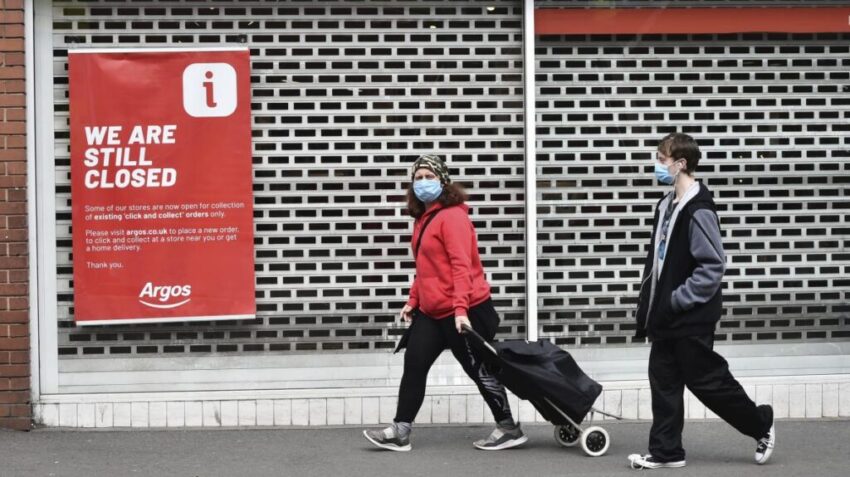Shop closures soared at a record rate in the first half of the year as coronavirus lockdowns hit the high street.
Britain lost 6,001 more chain stores than it gained in the first half, up from a loss of 3,509 in the same period last year, a study by PWC, the professional services firm, found.
The pandemic has laid waste to high streets, costing thousands of jobs in the process. Among the retailers to have closed stores since Covid-19 struck are Dixons Carphone, which shuttered all of its 531 standalone branches. Oasis and Warehouse, the fashion retailers, permanently closed all their shops with the loss of 1,800 jobs. Other retailers have been forced to close some of their stores to save money.
Some 11,120 UK chain stores closed in the first half of the year, up from 8,517 in the same period in 2019, while 5,119 chain stores opened in the first half of the year, up from 5,008 a year ago.
Although the retail sector rebounded after the spring lockdown, the reintroduction of restrictions on socialising and public gatherings is likely to weigh further on the sector.
Retail sales recovered to their pre-crisis levels as early as July but the latest data suggests that the recovery is already beginning to peter out. Footfall data suggests consumers may have been making fewer trips to the high street because of fears about the virus.
Rising unemployment is also likely to weigh on consumer spending in the coming months. On Friday, the Office for National Statistics is expected to report that sales grew by only 0.5 per cent between August and September. This is down from 0.8 per cent the previous month.
PWC and the Local Data Company tracked 210,365 outlets belonging to large retailers with five stores or more between January 1 and August 31.
The report says that some sectors, including value retailers and discount supermarkets, have enjoyed consistent growth over the past five years. Others, including banks and post offices, have struggled. Looking to the future, the report says: “Those services that can still only be delivered physically (and therefore see little impact from online) may see growth such as local tradesmen outlets, building products and locksmiths.”
Although the number of shops on the high street shrank at a record pace in the first six months of the year, the fact that more than 5,000 outlets opened during the period, broadly in line with previous years, indicated that “there remains consistent demand for retail, hospitality and services that can only be delivered physically”.
Lisa Hooker, consumer markets leader at PWC, said: “We all knew that consumers were shifting to shopping online or changing their priorities in terms of the things they buy, but what Covid-19 has done is create a step change in these underlying trends to where they have now become the new normal.”
However, she added: “A steady flow of openings . . . shows that despite the stark numbers there remains a future for physical stores.”
